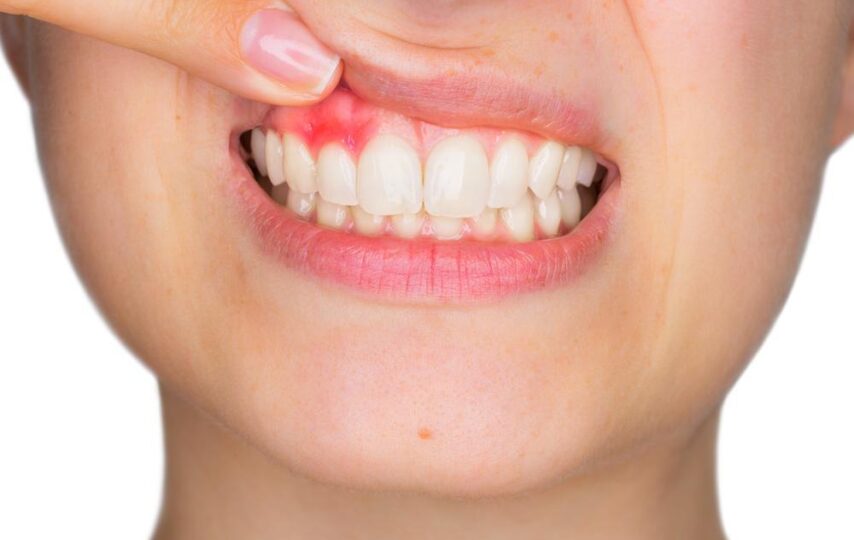Gum disease is an irritating infection with the tissues because of poor oral hygiene. So you should treat it with one of the periodontal treatments. The reliable dentist in highlands ranch can do exactly that and more. You can prevent damage and restore your gum gradually. When you intend to retain both your gum health and smile consult with the dentist. Specialists will evaluate your gums, jawbones and tooth loss to determine the level of diseases. Here are the tips for immediate treatment and recovery.
Gum disease
Periodontal disease is one of the various gum diseases. They will infect your gum tissues and cause inflammation caused by oral bacteria. Gum disease can feel minor at the starting stage, but you might be at risk if you don’t visit the dentist regularly. If left untreated, it worsens and leads to major health issues, including gum recession, tooth loss and bone loss. When you suspect that you suffer from gum infection, consult with a specialist. They will evaluate your oral health to provide further periodontal disease treatment for recovery.
Different stages of gum disease
Generally, there are two stages involved in gum disease: periodontitis and gingivitis.
Gingivitis is the starting stage of gum disease. It causes some bleeding in your gums when you floss, gums that are inflamed, bad breath and or darker gums than usual. Periodontitis is a severe gum problem that arises because of untreated gingivitis. Inflamed gums begin to take away from your teeth. It forms deep pockets in your gums and allows more bacteria to attack the teeth. In this gum disease, your gums will experience similar symptoms as gingivitis and new symptoms. It will collect the food debris, receding gums, pus between your teeth. Periodontal disease treatment early helps to minimize damage and decrease the need for surgery.
Treatment for periodontitis
Deep dental cleaning will remove all plaque covered above and below the gum line. Dentists generally suggest dental cleaning to ensure that your disease doesn’t advance further. Scaling and root planning are non-surgical cleaning methods usually performed while the patient undergoes anesthesia. In this treatment, plaque or tartar is scraped away from your teeth. Furthermore, it smoothest the teeth roots to help remove bacteria and offer a clean surface to gums and reattaches to the teeth.
Reverse periodontal disease
The damage caused by gingivitis is often reversed by clearing from your infected gums. Periodontitis is very advanced and mostly damages your teeth and gums that is impossible to reverse without full treatment. Restorative procedures will help to repair a lot of this damage, such as reduction surgery, gum recession, and treat bone loss in your jaw. A dental implant will lead to bone growth and save your remaining teeth from disease if you face tooth loss.
Recovery from periodontitis
Periodontitis comes in various forms, and it may need various treatment approaches. This treatment has a wide range, but the goal is to save teeth from infection as quickly and effectively as possible. You can improve the treatment plan by eliminating some risk factors by changing your lifestyle. If the risk is higher, you didn’t follow oral hygiene properly. It will increase depth pocket and fraction involvement. To enhance your oral health, you should avoid tobacco products, eat healthy foods and be free from stress. Recovering from periodontal disease will take some time after the treatments. Because after treatment, your gums get well, you feel comfortable flossing, brushing and eating without any pain and bleeding. Gingivitis can be reversed by removing your gums from the infection. A professional dental cleaning treats it. But they may use a scaling procedure to remove bacteria from tooth surfaces and in the space under your gums.
Bottom line:
Finally, gum disease should be treated at the proper time. This treatment may have an important effect on your wellbeing and overall health of your life, and the dentist provides you with better treatment for all gum diseases.













